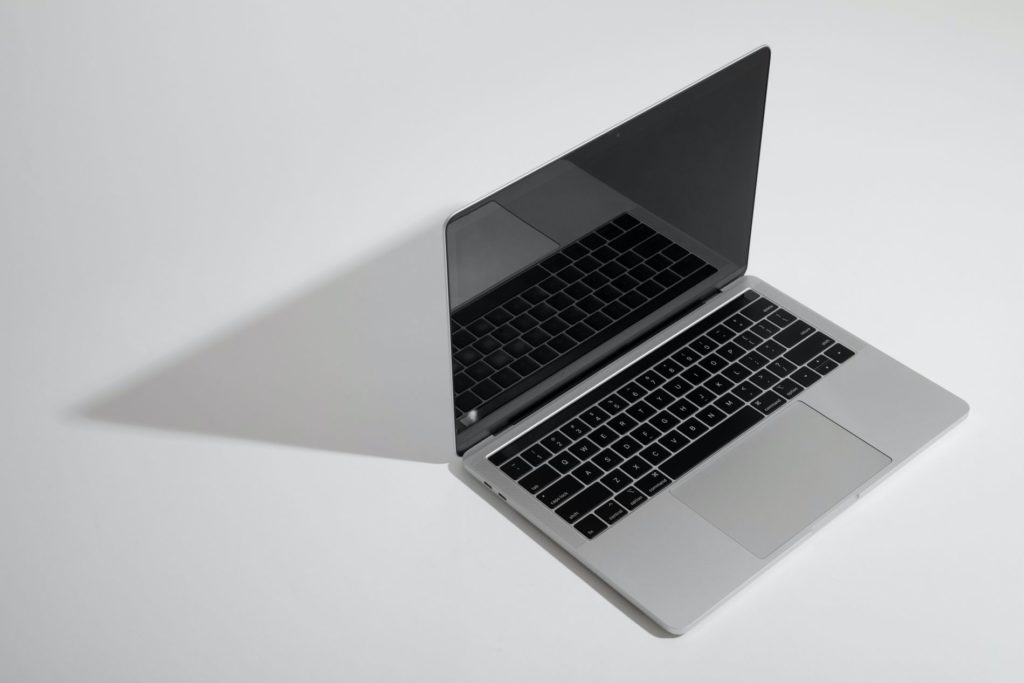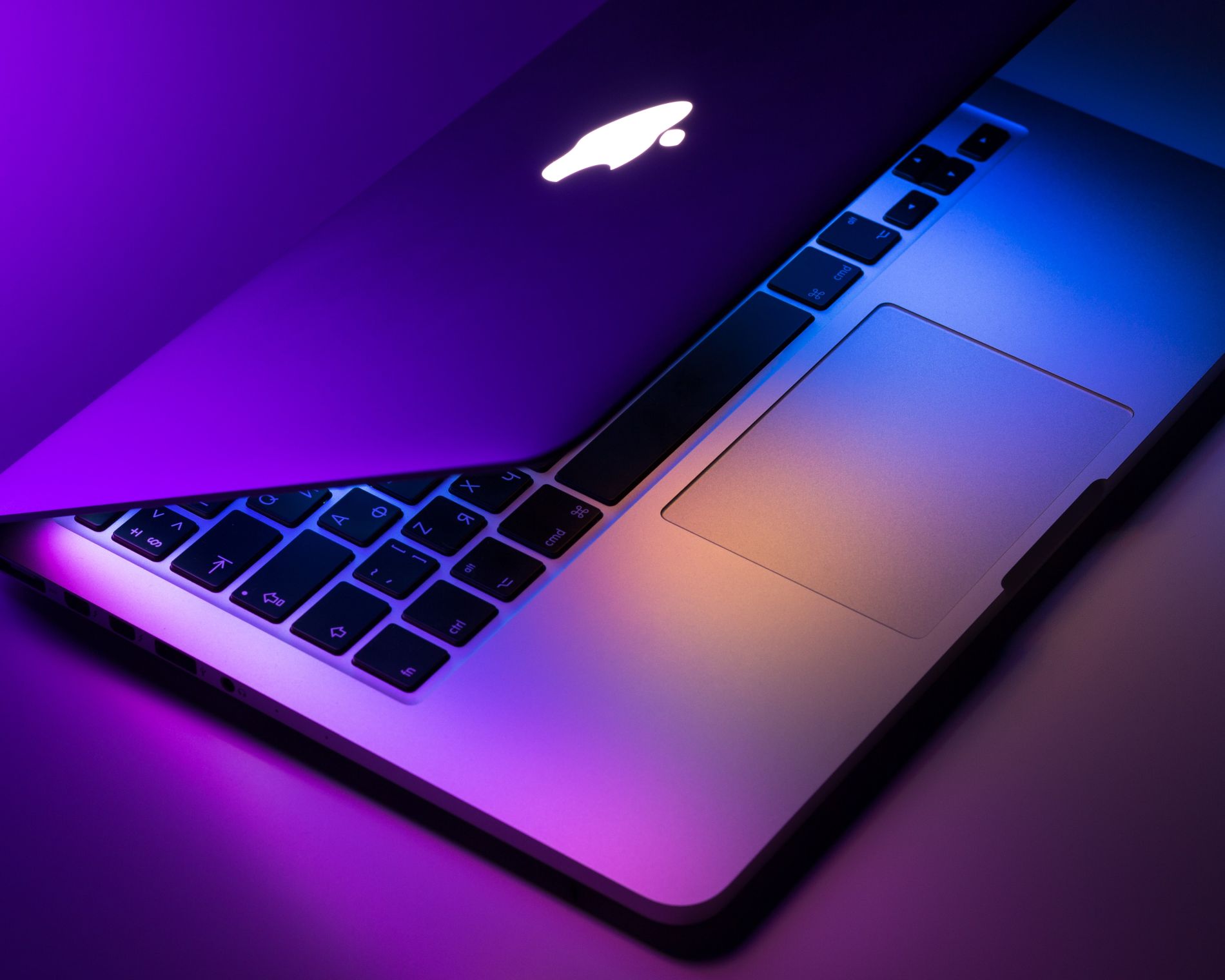Are you looking for a way to snap a screenshot on your Mac? There are several methods for doing so, including utilizing the keyboard, a combination of keys, or even an app. You can even use it as a camera by setting a timer. Continue reading to discover more about the various approaches and to pick your favorite.
Whether you want to capture the full screen or just a portion of it, keyboard shortcuts are the simplest and fastest way to snap a screenshot on a Mac. Apple’s techniques save the screenshot to the desktop by default. If you just want to copy it to the clipboard, though, there is a command for that as well.
Capture Full Screen – How to screenshot on Mac
Method 1: At the same time, press Command + Shift + 3 keys. This will save a screenshot of your current screen to your computer’s desktop.
Method 2: If you wish to save the image to your clipboard, press Command + Shift + 3 + Control.
A screenshot preview will show in the corner of your screen in MacOS Catalina, allowing you to quickly access editing tools. You can also use the Stacks feature, which puts files on your desktop that are related, such as screenshots, together. Simply right-click on your desktop to do so, and they’ll all be grouped together in no time.
Method 3: Press the Command + Shift + 4 + Control keys at the same time. Select the place you wish to capture using the mouse pointer converted into a crosshair. The snapshot will be saved to the clipboard after you release the mouse button.

Screenshot of a single window – How to screenshot on Mac
Step 1: Hold down the Command + Shift + 4 keys at the same time until your pointer changes to a cross.
Step 2 – Press the space bar, and you’ll notice that the cursor transforms into a camera.
Step 3 – Any window you mouse over now has a blue highlight. This means that your screenshot will only include this window.
This method can preserve the desktop, the menu bar, the Dock, or even an open menu, in addition to windows.
The window and its shadow are on a transparent background in the image you save (PNG). Hold down the Option (or Alt) key while clicking to save the image if you don’t want the shadow.
Method 2: Save the image to your clipboard by pressing Command + Shift + 4 + Control keys.
Make use of the Screenshot application on MacOS
The Screenshot app is visible on the Mac desktop.
You can load an on-screen marquee that you may move or resize if you’re using MacOS Mojave or later. It comes with three different capture tools, as well as choices to save, show the pointer, and more.
Method 1: Select the target (whole screen, a specific window, or a part) by pressing Command + Shift + 5 keys at the same time, and the image will be saved to the desktop or another location.
Method 2: Select the target (whole screen, a specific window, or a part) by pressing Command + Shift + 5 + Control keys at the same time, and the image will be saved to the clipboard.
If you have a MacBook Pro with the Touch Bar, you can choose a specific region, open a window, or go full screen. It can also be used to save screenshots to a different location, such as the Desktop, Documents, or Clipboard.
Taking a screenshot of the Touch Bar screen by pressing Shift + Command + 6 is another unique Touch Bar capability.
Grab or Snapshot can be used to take screenshots.
You don’t want to learn keyboard shortcuts? Snapshot (or Grab) is a pre-installed software on all Macs that allows you to take screenshots right from the menu bar. If you need to set the stage before capturing an image on your screen, the program also allows you to take delayed screenshots.
Step 1: Open Finder and go to the left-hand sidebar and pick Applications.
Step 2 – Select Snapshot/ Grab from the Utilities folder by double-clicking it. When you run Grab, an icon for the app will appear in the Dock. This icon can be pinned to your desktop for quick access. When Grab is open, it rarely displays a window and instead operates nearly entirely from the menu bar.
Step 3 – Take screenshots using the Capture menu system, or utilize the detailed keyboard shortcuts next to the corresponding command.
Screenshots taken at specific intervals
Snapshot allows you to capture a screenshot of a specific portion, a single window, or the entire screen, the same three possibilities as before. The “Timer Screen” option is new, and it allows you to set a 10-second wait before taking a screenshot.
This implies you have plenty of time to launch a menu or move the mouse to the proper spot.
Step 1: As explained in the way above, open Snapshot/Record.
Step 2 – From the menu, choose Screen Timer or press Command + Shift + Z.
Please note that by default, the mouse pointer will not be visible on the screenshot. If you want to be sure it’s captured, go to the Snapshot main menu and choose the mouse icon from the popup that appears.
In general, keyboard shortcuts are the easiest way to snap screenshots, however Snapshot is a terrific option if you don’t want to memorize anything.
Take a screenshot with Preview.
Preview is a built-in Mac app that lets you open everything from photographs to PDF files, and it also includes a few unique functions. Preview, for example, allows you to alter photographs by just clicking on the icon in the toolbox, and it also allows you to take screenshots.
Step 1: Go to Preview and pick Apps from the left-hand menu.
Step 2 – To open the app, double-click Preview.
Step 3 – When the app is open, go to the File menu and select File.
Step 4 – In the Capture Screenshot drop-down menu, select whether you want to take a screenshot from a selection, a window, or the entire screen.
We prefer this method to the keyboard shortcut method because the former is significantly faster. Preview, on the other hand, has a distinct edge. The other options on our list save the snapshot to the desktop and give it a descriptive file name.
Preview, on the other hand, opens the screenshot and allows you to make changes before saving it wherever you choose. If that’s important to you, this is a great choice.
Take screenshots and save them.
What happens after you snap a screenshot? Your Mac will automatically stamp the time and date the screenshot was captured and store it as a PNG file on your desktop if you’re using Apple’s operating system.
To save screenshots on a Mac, open the screen.
That’s convenient for rapid reference, but if you capture a lot of screenshots, your desktop will quickly become cluttered with files with odd titles.
There are new editing and organizational tools available if you’re using macOS Mojave or Catalina. Screenshots saved on the desktop, for example, will collect in the corner and spread across the screen.
To clear up your display space, you may rapidly aggregate them using Stacks (right-click on the desktop and then tick Use Stacks). You can even use the markup tools to swiftly edit those photos by clicking on them.
If you’re running older versions of macOS, you can always drag screenshots to the trash, make some edits via commands, or use third-party apps like the TinyTake for Mac app , which gives you more control over your screenshots.

Leave a Reply